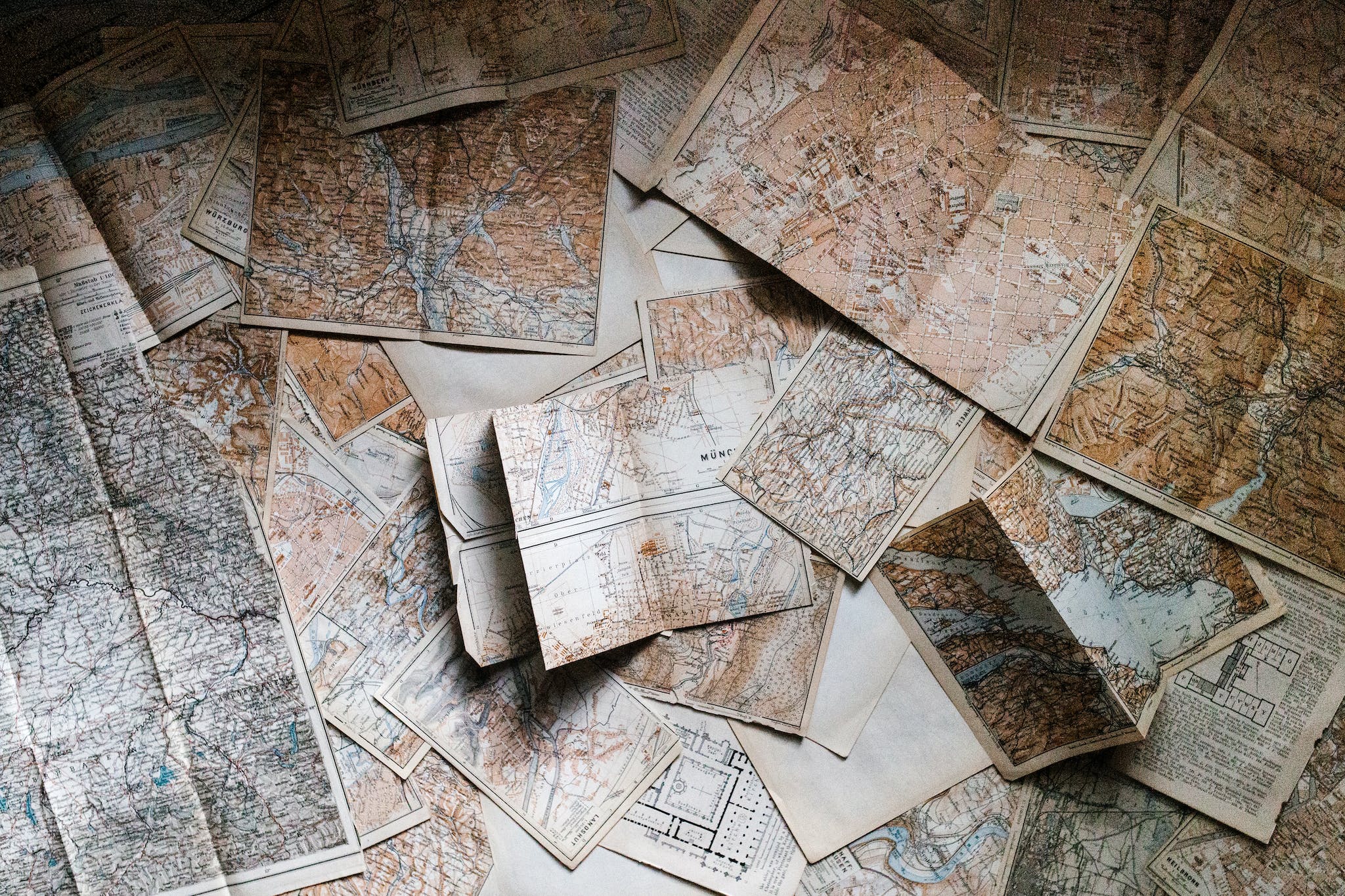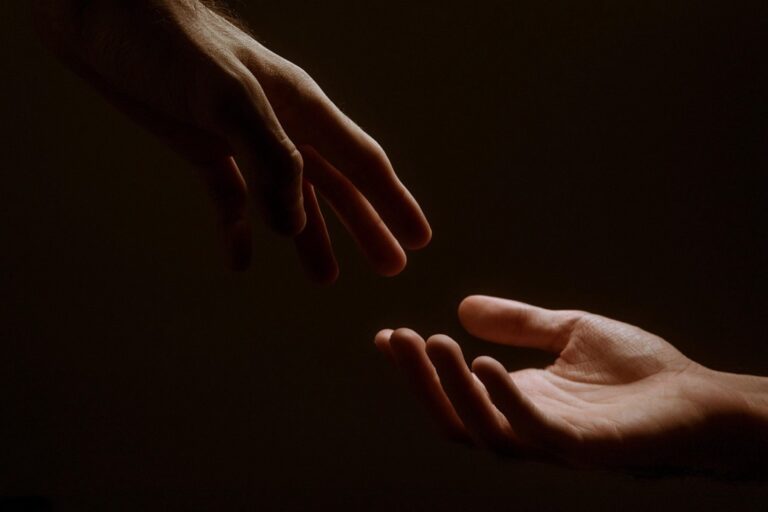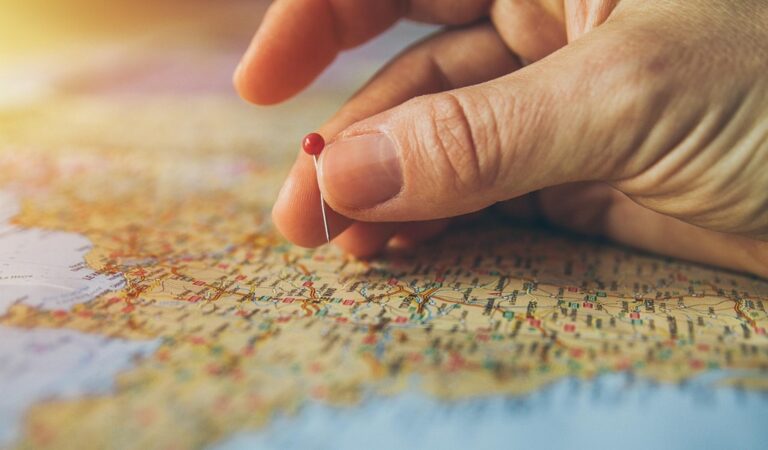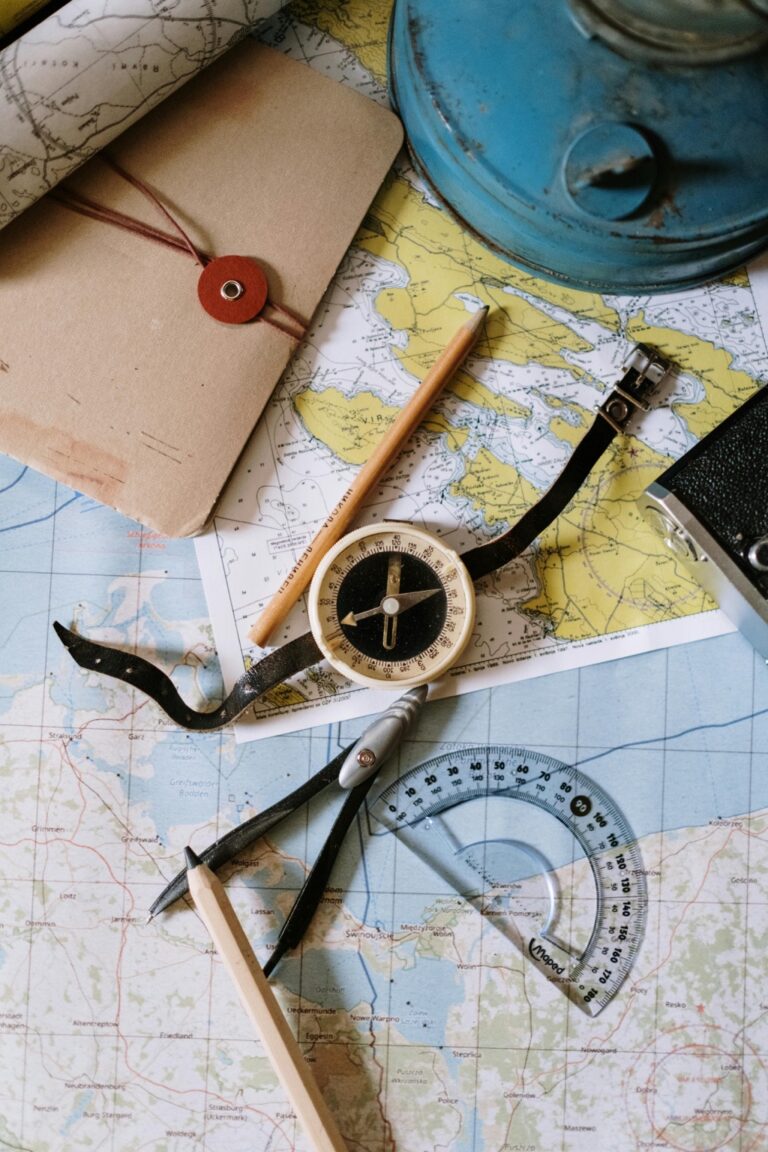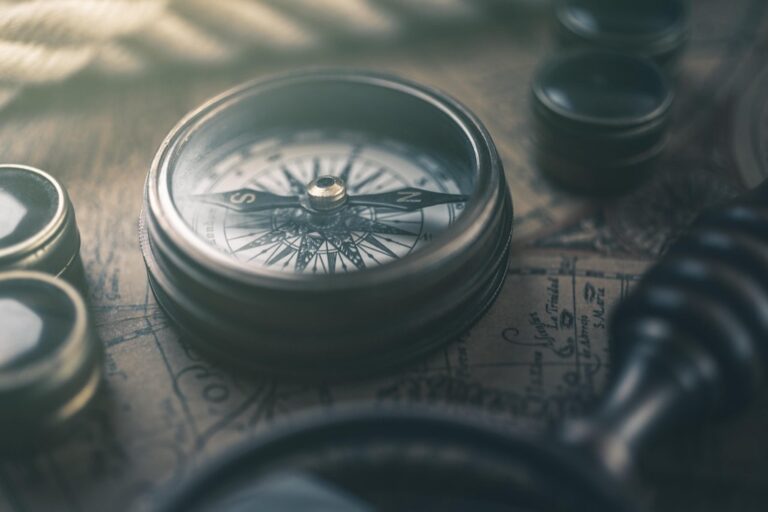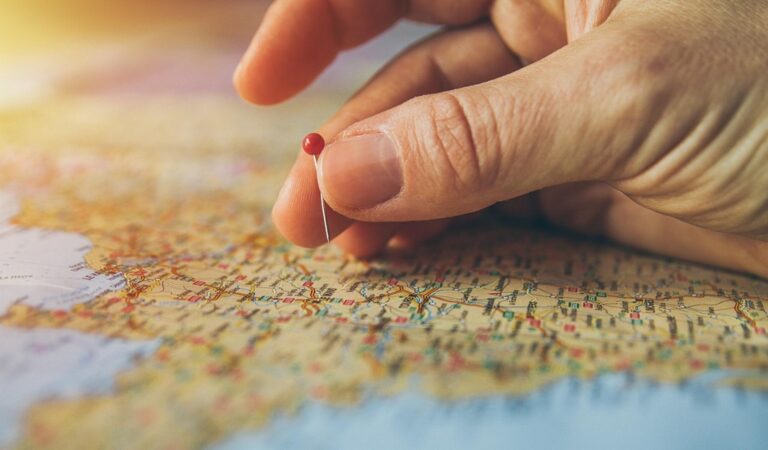7 Key Tips for Expert Old Map Assessment
In the world of cartography, assessing old maps is an art form as much as it is a science. Expert evaluators know that each map tells a unique story, waiting to be discovered through careful analysis and appreciation of its historical significance.
Examining an old map is a journey through time, offering a glimpse into the past and the world as understood by its creators. Beyond appearance, assessing such maps involves unraveling the story they tell about depicted lands and the people who charted them.
This process demands a meticulous examination of physical and contextual elements, requiring a discerning eye for detail and a deep understanding of historical cartography. As a cartographer, each hour spent poring over ancient maps feels like uncovering a hidden treasure, sometimes quite literally.
Disclosure: As an Amazon Associate, this site earns from qualifying purchases. Thank you!
1. Understanding Map Provenance
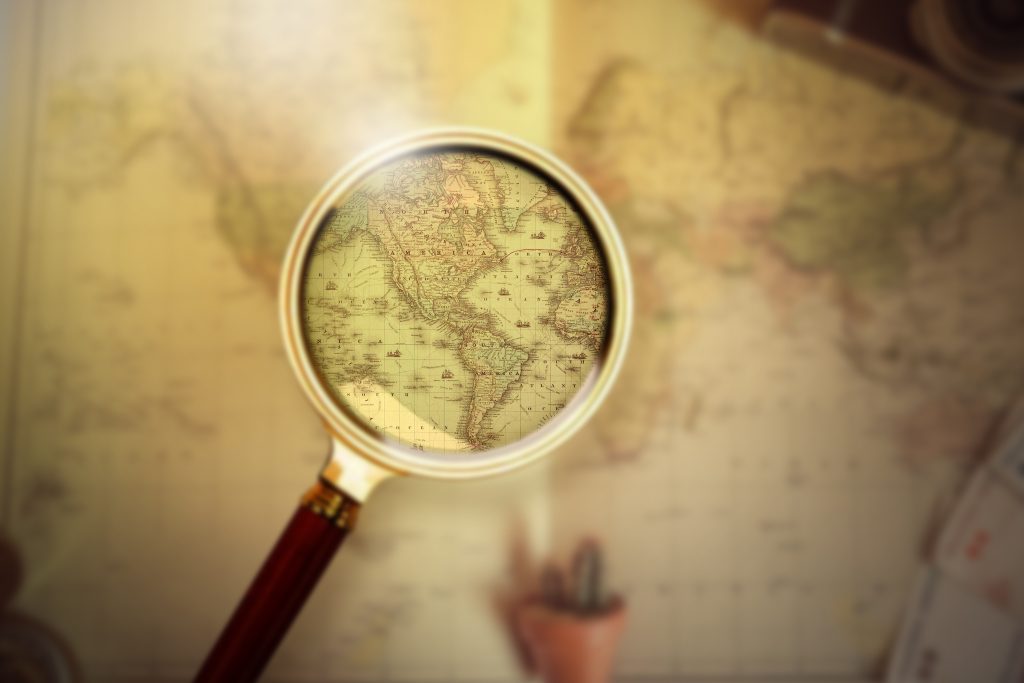 Magnifying glass on vintage retro USA map and currency. Vintage camera on antique America map.” class=”wp-image-295″/>
Magnifying glass on vintage retro USA map and currency. Vintage camera on antique America map.” class=”wp-image-295″/>This 30X magnifying glass helps users with low vision easily read small text. Featuring a large 3.15" lens and 18 LEDs with adjustable cool, warm, and mixed light modes, it reduces eye strain and improves reading in any lighting.
Provenance is the map’s backstory—it’s the who, what, when, where, and how of its creation and ownership. Knowing a map’s provenance can significantly affect its historical value and authenticity. You’ll want to trace its ownership through time, which can sometimes feel like detective work (think Sherlock Holmes with a magnifying glass).
Look for any maker’s marks, signatures, or inscriptions that might clue you in on its past. Don’t overlook any stamps or labels either; they could lead you to the map’s origins and potentially reveal a fascinating history.
2. Deciphering Cartographic Symbols
Old maps are full of symbols and notations that can seem like a secret code to the uninitiated. These symbols hold critical information about the geography and features of the area. You’ll need to familiarize yourself with the cartographic language of the period the map was created.
It’s not uncommon to encounter a symbol that leaves you scratching your head (I’ve been there more times than I can count). Libraries and historical societies often have key resources to help decipher these cryptic cartographic messages.
3. Assessing Map Condition
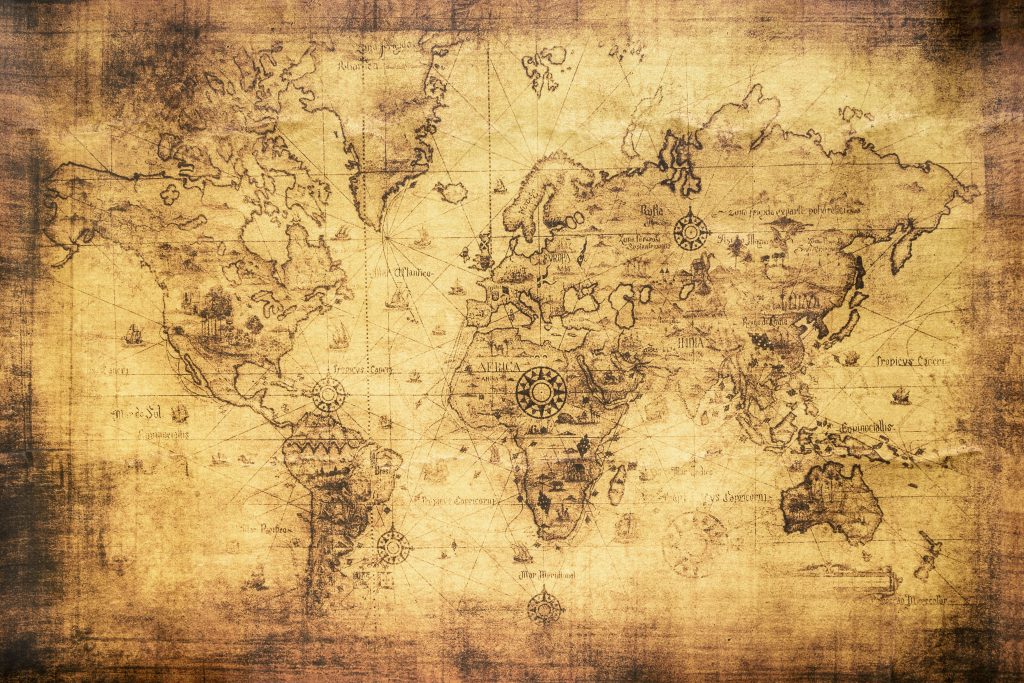
The physical condition of a map can tell you a lot about its journey through time. Look for signs of wear, such as tears, fading, or water damage. These imperfections can add character (and sometimes value) if they reflect the map’s history authentically. However, be wary of any repairs or restorations—these can either enhance or detract from the map’s value, depending on how well they were done. It’s a delicate balance, like trying to preserve the patina on a vintage car without over-restoring it.
4. Identifying Historical Context
The historical context of a map is crucial for understanding its significance. You’ll need to consider the political, cultural, and societal factors at the time of its creation. Was the map made during a period of exploration, war, or colonization? Knowing the context can explain peculiarities in the map’s geography and design. For instance, a map from the Age of Discovery might include speculative cartography, depicting lands and creatures that were rumored but not known (dragons, anyone?).
5. Evaluating Map Authenticity
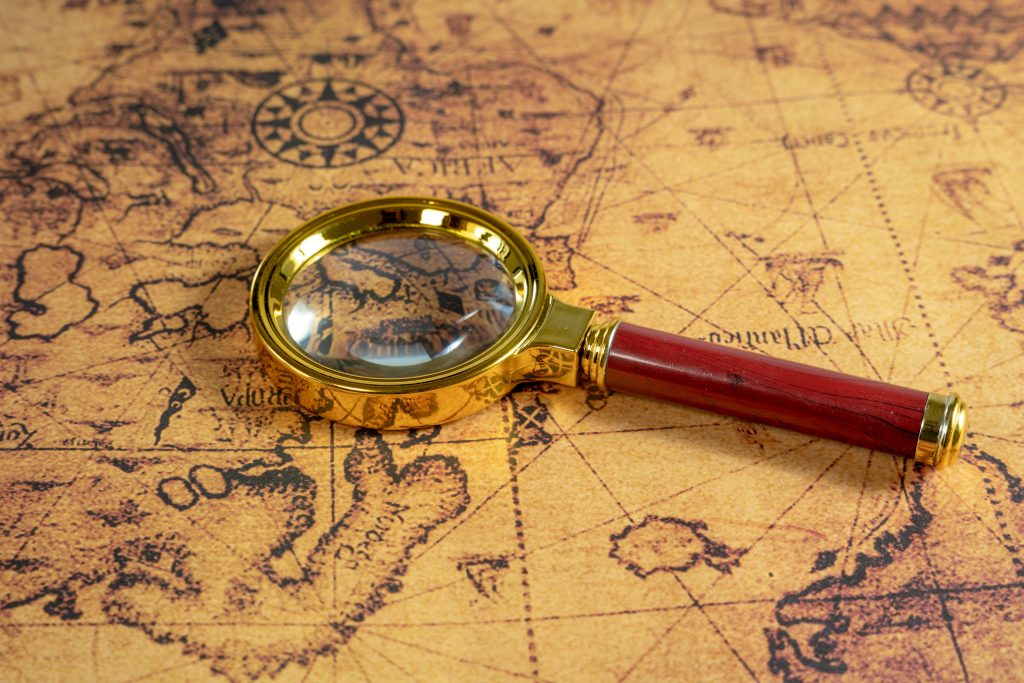
Determining whether a map is genuine or a clever forgery is a challenge that can stump even the most seasoned experts. Authenticity hinges on multiple factors, including paper, ink, printing techniques, and wear patterns consistent with the map’s purported age. Sometimes it’s the little things, like anachronistic paper fibers or ink composition, that give away a fake. Always approach with a healthy dose of skepticism and a sharp eye—remember, if it seems too good to be true, it probably is.
6. Analyzing Cartographic Techniques
The techniques used to create a map can reveal a lot about its age and origin. Different eras favored different cartographic methods, from hand-drawn maps to early printing presses. Pay attention to the map’s scale, projection, and the intricacy of its design. Was it engraved with painstaking detail or produced with a more rudimentary process? Sometimes you can almost feel the cartographer’s hand guiding yours across the paper as you trace the lines they drew centuries ago.
7. Estimating Map Value
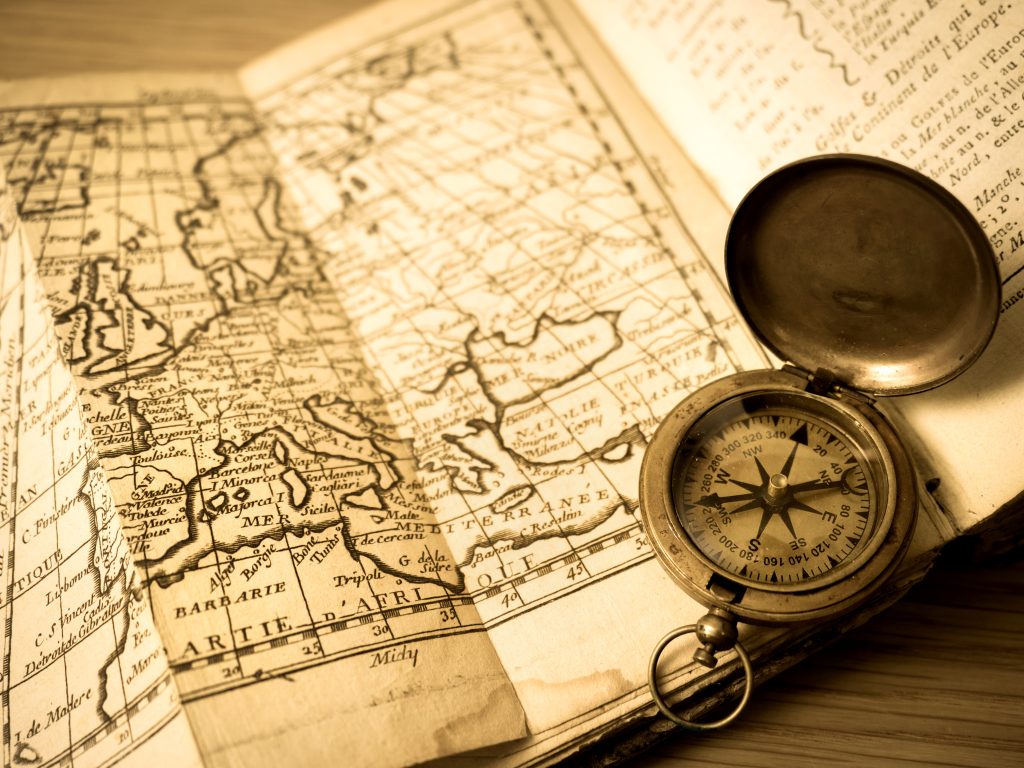
The value of an old map isn’t just monetary—it’s also historical and aesthetic. However, from a collector’s standpoint, factors like rarity, demand, condition, and historical importance play significant roles in determining worth. It’s a bit like appraising art: subjective but grounded in certain established criteria. Think of yourself as an art critic but for maps. You’re assessing not only the physical piece but also its place in the grand narrative of cartography.
Preservation Tips for Old Maps
Preserving old maps is about protecting them for future generations to enjoy and learn from. Use acid-free materials when storing maps and keep them away from direct sunlight and fluctuating temperatures. Handle them with care—always with clean, dry hands or, better yet, with gloves. It’s like caring for a delicate artifact; a little TLC can go a long way in maintaining a map’s integrity and appearance over time.
Conclusion: Expert Insights
Expert old map assessment combines the precision of a scientist with the curiosity of an explorer. It’s a fascinating process that can reveal as much about our present and future as it does about our past. Whether you’re a seasoned collector or a curious novice, the world of old maps is an endless adventure, full of discovery and wonder.
As you embark on the journey of assessing old maps, remember that each one has its own unique story, etched into the paper by the hands of history. Embrace the adventure with an open mind and a keen eye, and you’ll find that every map is a treasure waiting to be unlocked.
